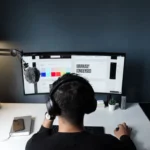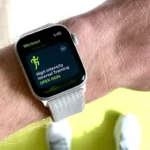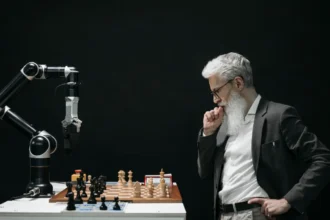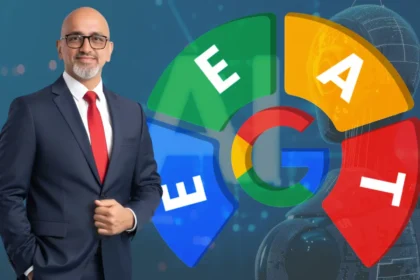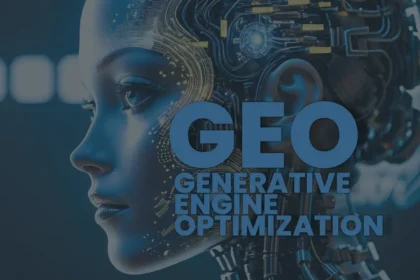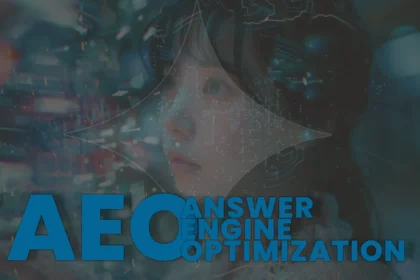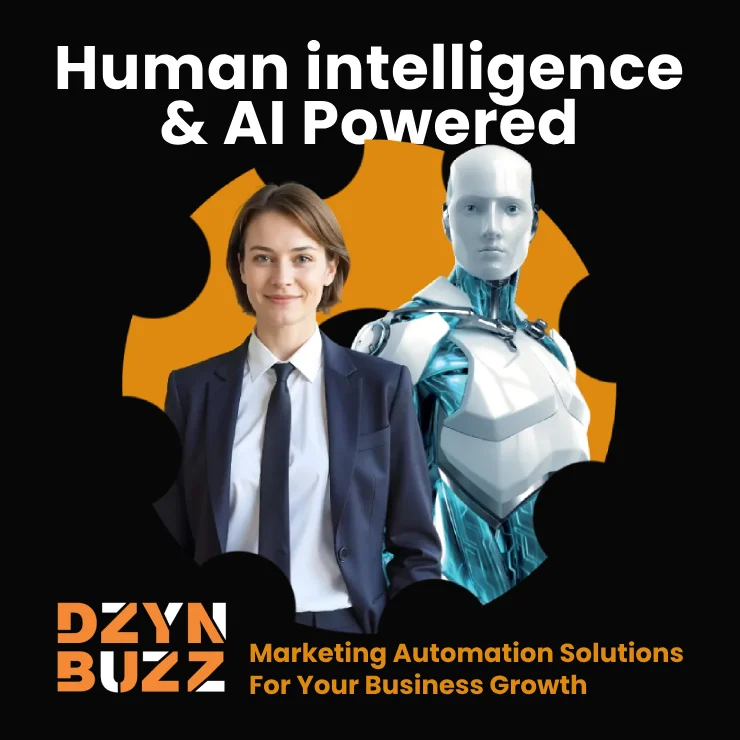Visual design is no longer just about aesthetics — it’s about experience, interactivity, intelligence, and purpose. As we navigate through 2025, the landscape of visual design is evolving at lightning speed, fueled by AI, real-time personalization, and immersive technologies. This article unpacks the key trends and technologies shaping the future of visual design — and how brands can harness them to lead, not follow.
“The future of design isn’t about decoration — it’s about decoding meaning and delivering it with clarity and purpose.”
1. Immersive Design Becomes the Norm
With AR/VR adoption accelerating, immersive interfaces are no longer science fiction. In 2025, brands are investing heavily in 3D visuals, motion-first design, and interactive storytelling.
- 81% of marketers plan to incorporate AR/VR into their campaigns by the end of 2025 (Source: Statista)
- UI/UX will shift towards micro-interactions and emotionally responsive elements.
Tip: Consider using Lottie animations and WebGL-powered interactions to add depth to digital experiences.
2. AI Co-Creation: Designers + Machines = Magic
AI isn’t replacing designers – it’s becoming their creative collaborator.
- Tools like Adobe Firefly, RunwayML, and Figma AI are enabling rapid ideation, content generation, and layout testing.
- AI-driven personalization is allowing for hyper-targeted visuals, optimized in real-time.
“Designers who master AI workflows will lead the next era of innovation.”
DzynBuzz Insight: Our team at DzynBuzz now integrates AI in every stage — from wireframes to ad visuals — reducing creative production time by over 50%.
Want to explore AI-integrated design workflows for your brand? → Contact DzynBuzz
3. The Rise of Global Design Languages
With globalization comes the need for universal, inclusive, and culturally adaptable design systems.
- Accessibility-first thinking (WCAG 2.2) is now the baseline, not a bonus.
- Multilingual UX, iconography, and adaptable layouts are being prioritized.
“Design in 2025 speaks a universal language — but listens in local dialects.”
4. Motion Design Will Be Everywhere
Motion is no longer a “nice-to-have”. It’s central to user engagement.
- Think scroll-triggered animations, gesture-based navigation, and story-driven transitions.
- Short-form video content and animated UI are merging into seamless experiences.
“Motion helps users feel, not just see.”
5. Real-Time Branding: Adaptive Visual Identity
In an always-on world, static logos and fixed styles are giving way to fluid, adaptive branding.
- Brands like Spotify and Google already deploy dynamic identities based on user behaviour and content context.
- Real-time theming is now achievable with AI + behavioural data.
“Design in 2025 is alive — adapting, learning, and responding in real time.”
Final Thought: Lead with Intelligence + Emotion
In this new era, successful visual design must:
- Speak visually
- Think strategically
- Respond intelligently
- And above all, connect emotionally
Ready to future-proof your brand’s visual identity?
Talk to DzynBuzz today and lead the design evolution.


